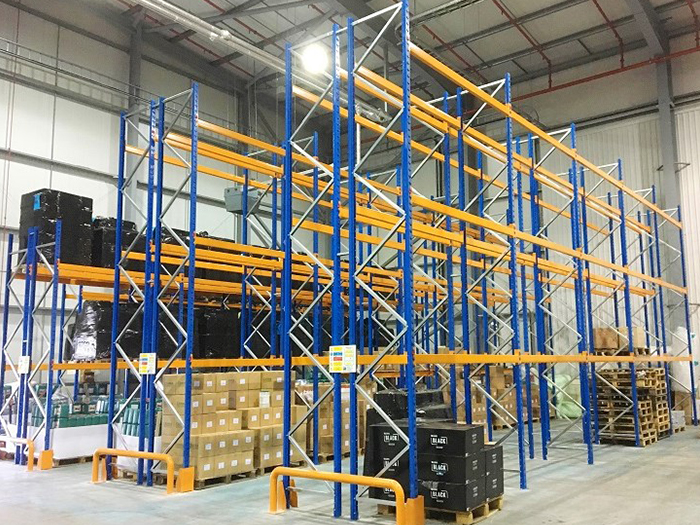Transporting a ship may seem like a daunting task, considering their massive size and weight. However, with the right techniques and equipment, it can be accomplished smoothly and safely. In this blog post, we will explore the various methods used to transport ships, ensuring a high-quality and informative read for all maritime enthusiasts and professionals.
- Roll-on/Roll-off (Ro-Ro) Method:
The Ro-Ro method involves loading and unloading ships onto specialized vessels known as Ro-Ro ships. These vessels have built-in ramps that allow ships to be rolled on and off, making the process efficient and time-saving. This method is commonly used for smaller vessels, such as ferries, yachts, and naval ships. - Float-on/Float-off (Flo-Flo) Method:
For larger ships that cannot be rolled onto Ro-Ro ships, the Flo-Flo method is employed. This technique involves using semi-submersible vessels, also known as heavy-lift ships, which partially submerge themselves to allow ships to float on and off. This method is ideal for transporting oil tankers, cargo ships, and even naval vessels. - Lift-on/Lift-off (Lo-Lo) Method:
The Lo-Lo method is used when ships cannot be rolled or floated onto other vessels. It involves using cranes to lift the ship out of the water and onto a specialized transport vessel, such as a barge or a heavy-lift ship. This method is commonly used for ships that require maintenance or repairs, as well as for transporting decommissioned vessels. - Submersible Ships:
In some cases, ships are transported using submersible vessels. These specialized ships can be partially or fully submerged, allowing the ship to be loaded or unloaded underwater. This method is particularly useful for transporting submarines or other sensitive military vessels. - Transporting Ships Overland:
Transporting ships overland is a complex process but can be necessary in certain situations. This method involves using specialized trailers or hydraulic systems to lift the ship and transport it over land. It requires careful planning, route selection, and coordination with local authorities to ensure a safe and successful journey.
Conclusion:
Transporting a ship is a complex task that requires expertise and careful planning. The methods mentioned above, including Ro-Ro, Flo-Flo, Lo-Lo, submersible ships, and overland transportation, offer efficient and secure ways to move ships across different distances and terrains. By understanding these methods, maritime professionals can ensure the smooth and safe transportation of ships, contributing to the growth and development of the maritime industry.



